 |
|
Starlink 8 (Falcon 9) 13 June 2020 |
Space Launch Complex 40 Cape Canaveral Air Force Station |
On 13 June 2020 at 5:21 a.m. SpaceX successfully launched its ninth Starlink mission, carrying 58 Starlink satellites and three of Planet’s SkySats from Space Launch Complex 40 at Cape Canaveral Air Force Station. This mission marked SpaceX’s first SmallSat Rideshare Program launch. Falcon 9’s first stage previously supported Dragon’s 19th and 20th resupply missions to the International Space Station. Following stage separation, SpaceX's Falcon 9 first stage landed on the Of Course I Still Love You droneship stationed in the Atlantic Ocean. One half of Falcon 9’s fairing previously flew on the JCSAT-18/Kacific1 mission, and the other half previously flew on SpaceX’s third Starlink mission. Planet’s SkySats were deployed sequentially beginning about 12 minutes after liftoff, and the Starlink satellites deployed approximately 26 minutes after liftoff. The Starlink satellites will eventually form a constellation around the Earth providing global satellite-based internet access. |
|
LAUNCH TIME EXPOSURE |
|
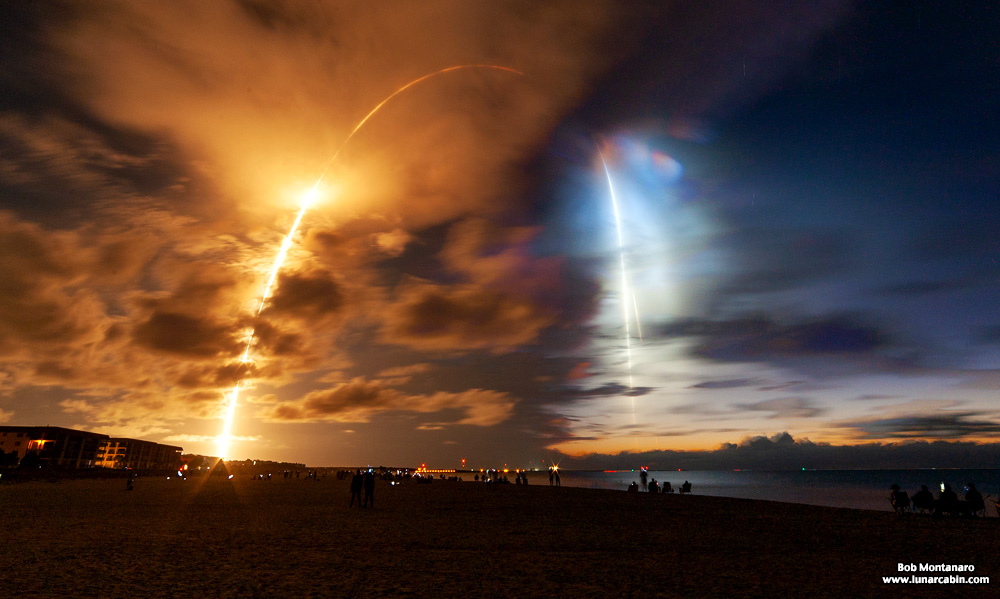 |
|
| The time exposure of the launch shows the divergent track of the Falcon 9's first stage as it descends to a landing on the Of Course I Still Love You droneship. The second stage continues on to disappear below the horizon. | |
LAUNCH TELEPHOTO IMAGES |
|
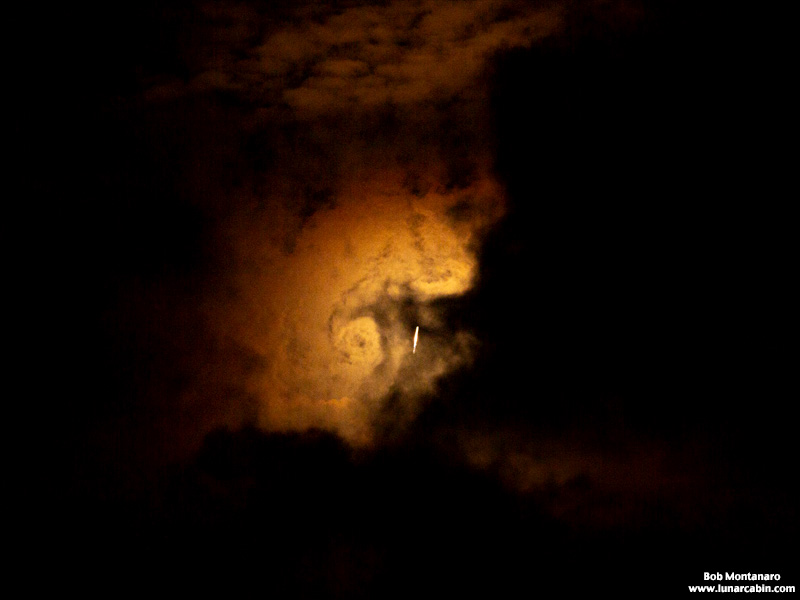 |
|
The fiery exhaust of the Falcon 9 rocket illuminates a cloud as it passes through. |
|
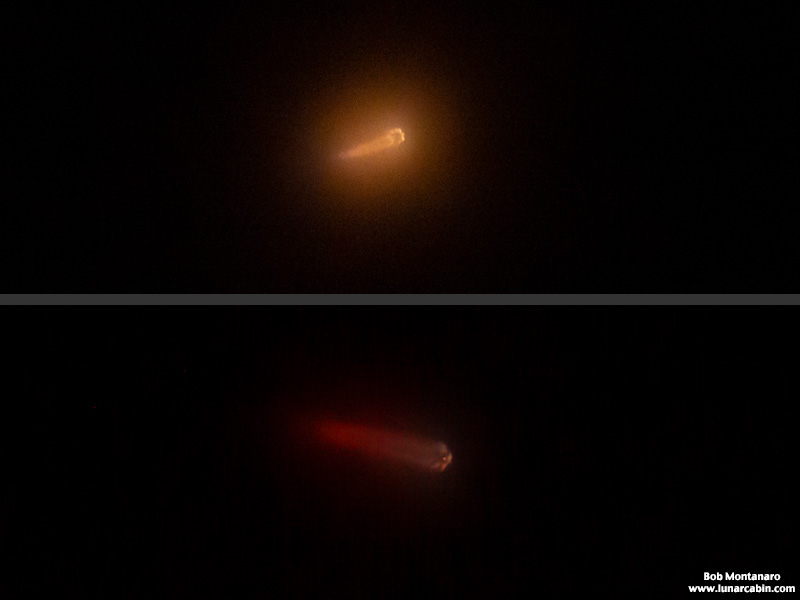 |
|
The Falcon 9 behind thin clouds leading up to staging. |
|
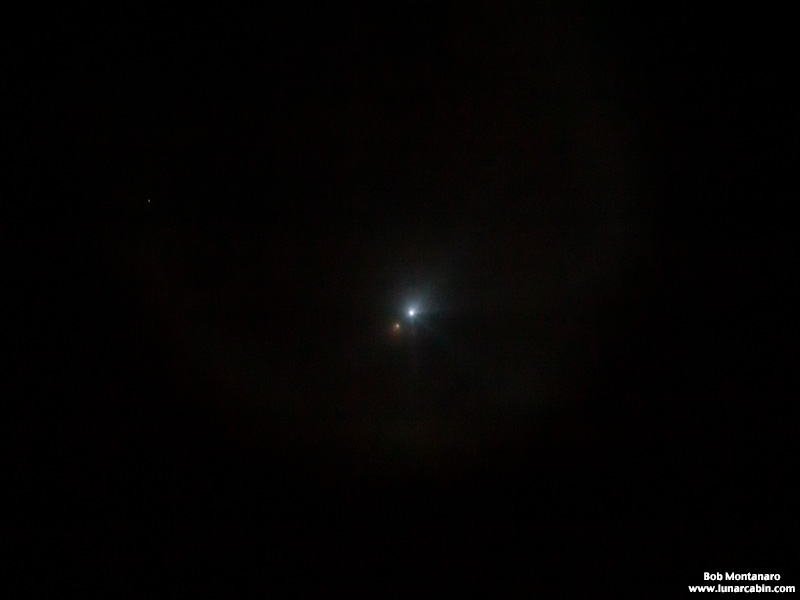 |
|
The first stage falls away from the star-like second stage as it powers on into orbit. |
|
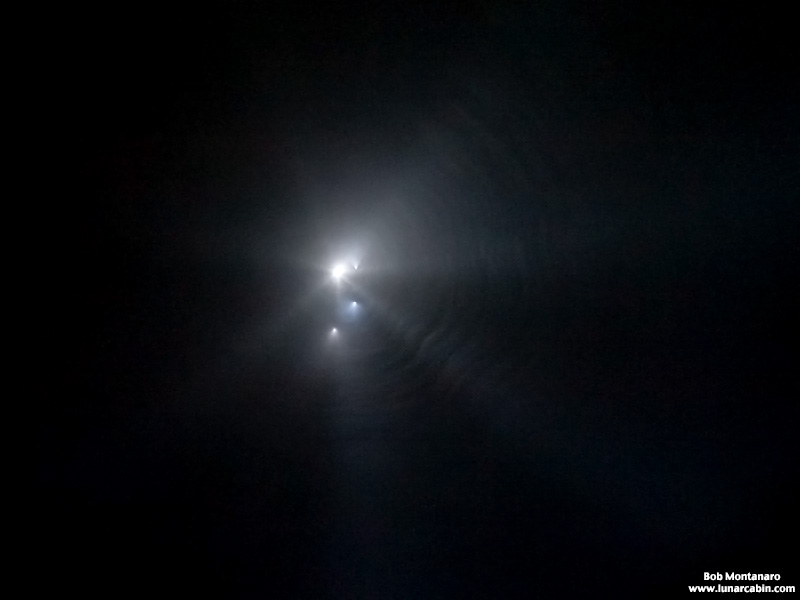 |
|
The first stage continues to fall away while the separation of the two payload fairings take on a comet-like appearance as they get caught in the second stage's exhaust. |
|
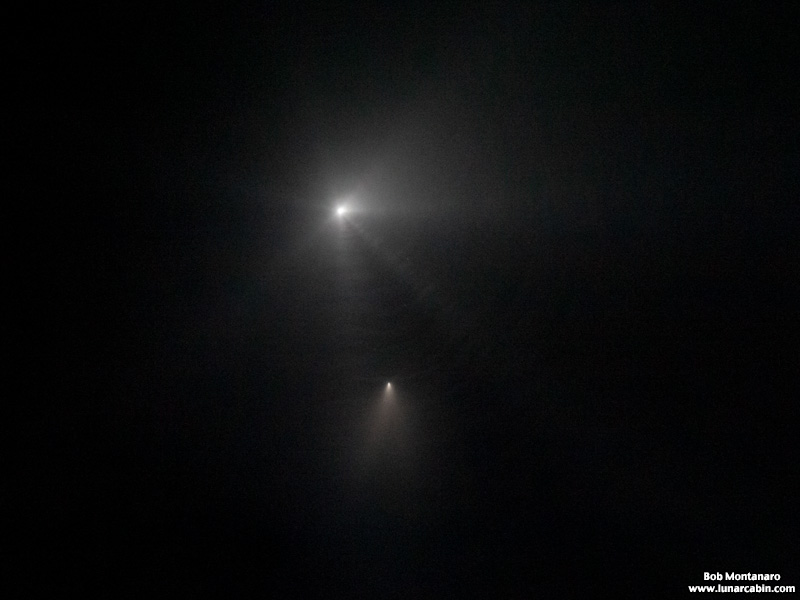 |
|
ABOVE AND BELOW: The first stage continues landing maneuvers as the second stage above it continues on into orbit. |
|
 |
|
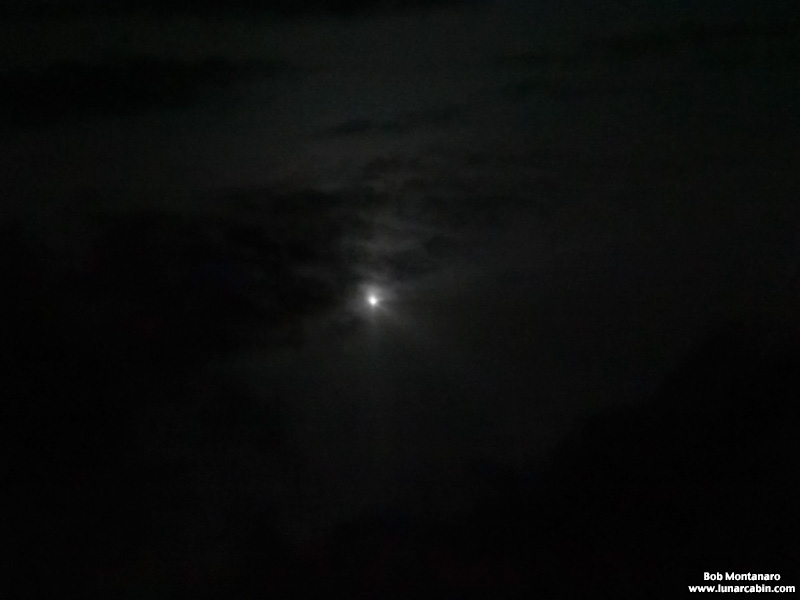 |
|
The second stage starting to get caught up in the clouds on the horizon. |
|
LAUNCH VIDEO |
|
| The launch time lapse video shows the launch and a distant view of part of the offshore first stage booster landing while the second stage can be seen until it disappears over the horizon. Sadly, the image is a bit askew due to the unnoticed shifting of the tripod in the beach sand. | |
All contents copyright Lunar Cabin |
|